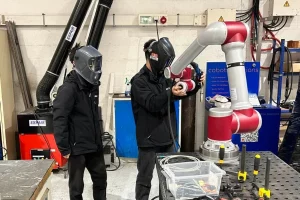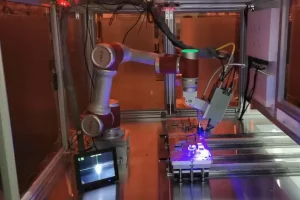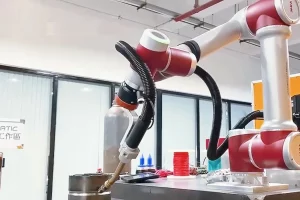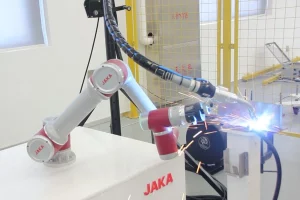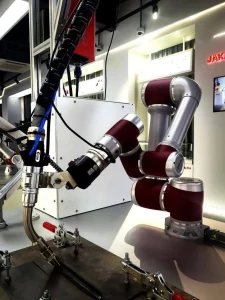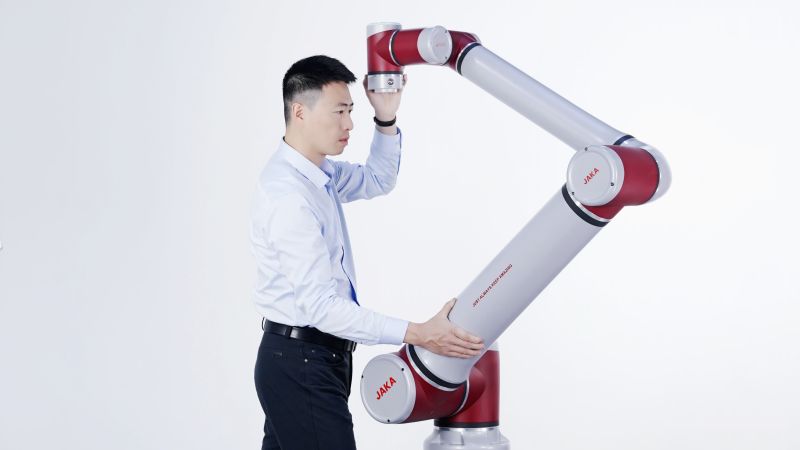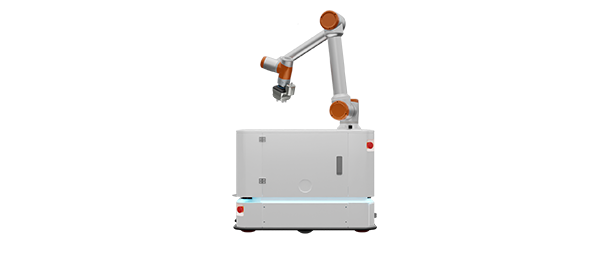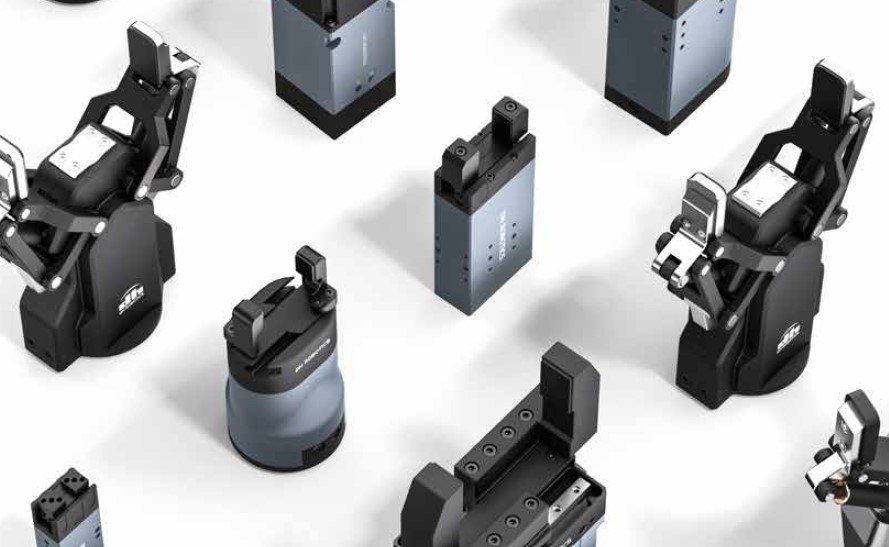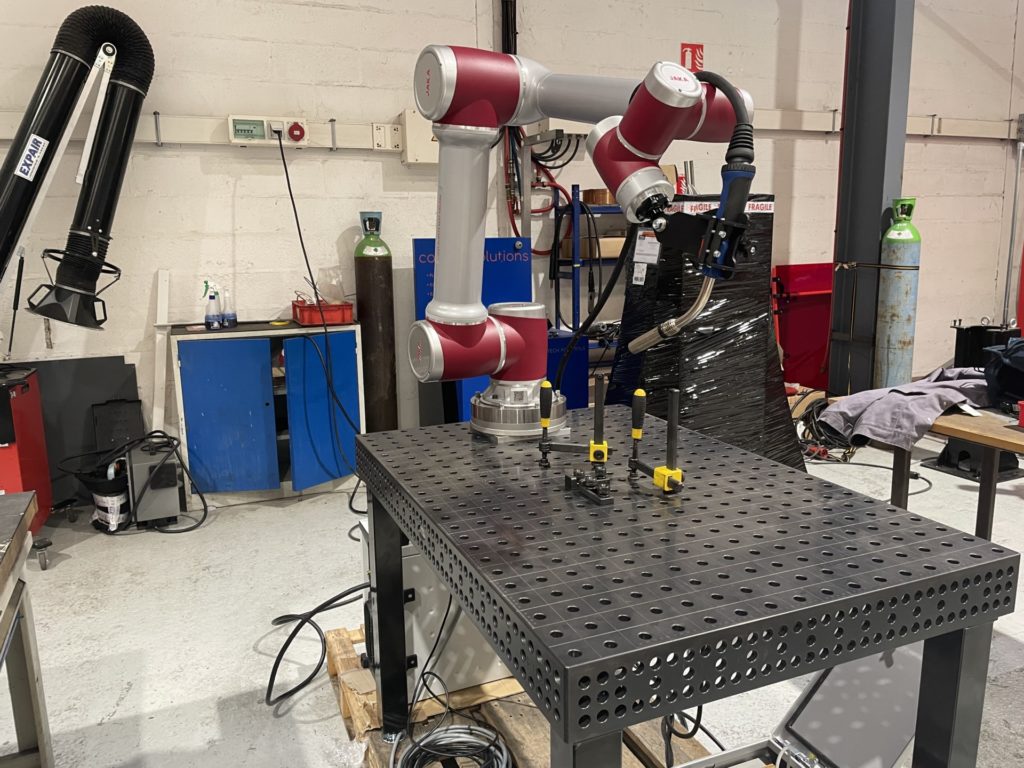You know that feeling when you’re in the middle of a welding project and suddenly realize you’re running out of skilled welders? Well, fear not, because cobots are here to save the day, and prevent a welders shortage in 2023! Yes, you heard it right, robots to the rescue, and they’re not just any ordinary robots, they’re cobots – the funniest and friendliest robots in town!
According to some statistics and facts, the demand for skilled welders has been on the rise in recent years, and it’s predicted that by 2023, there might be a shortage of welders that will make you welder-flop! But, fret not, cobots are here to fill in the gaps and keep the welding industry laughing all the way to the bank!
Let’s take a look at some jaw-dropping statistics and facts about cobots and how they’re preventing a welders shortage in 2023:
- According to a study by the International Federation of Robots (IFR), the cobot market is expected to grow by a staggering 50% in 2023. That’s like a punchline that lands perfectly!
- According to the American Welding Society, the industry will encounter a shortage of about 400,000 welders by 2024.
- The IFR also predicts that cobots will save over 250,000 welding-related jobs by 2023. That’s a lot of
So, what are these cobots all about, you ask? Well, cobots are collaborative robots that work alongside human welders to enhance their skills, speed up the welding process, and create a seamless and hilarious welding experience.
This makes them ideal for welding operations, where human welders can work alongside cobots, enhancing their productivity and addressing the labor shortage challenge in the following ways:
Boosting the Skills of Human Welders
Cobots can work in tandem with human welders, helping to augment their skills and capabilities. Cobots can perform repetitive welding tasks, such as holding and positioning workpieces, while human welders can focus on more complex tasks that require human intuition and decision-making.
This allows human welders to work more efficiently and effectively, while also reducing the risk of injuries associated with repetitive motion and fatigue.
Bridge the Gap by Providing a Reliable Source of Labor
With the aging workforce and fewer young people entering the welding profession, cobots can help bridge the gap by providing a reliable source of labor.
Cobots can work in areas where there is a shortage of skilled welders, reducing the reliance on human workers and minimizing the impact of labor shortages on production schedules.
Cobots can also be reprogrammed and redeployed for different welding tasks, allowing for flexibility in addressing changing labor needs.
Reducing Safety Concerns
Cobots can perform welding tasks in dangerous or hard-to-reach areas, reducing the risk of injury to human welders. This can help attract new workers to the welding profession, as it alleviates some of the safety concerns associated with welding.
Enhancing Productivity and Efficiency
Cobots can work 24/7 without the need for breaks, allowing for continuous operation and improved productivity. They can also work at a consistent speed and accuracy, reducing the risk of errors and rework.
This can help manufacturers meet their production targets and reduce downtime, ultimately increasing profitability and competitiveness.
Welding Collaborative Robots at Glance
Cobots are also incredibly easy to use, with user-friendly interfaces and programming that even a clown could figure out. They can be quickly programmed to perform various welding tasks, and they can adapt to changing welding requirements with the speed of a slapstick comedy routine. Plus, they’re highly flexible and can be easily moved around the welding shop to assist with different projects, making them the ultimate welding sidekick that will keep the laughs rolling and the welding projects flowing!

